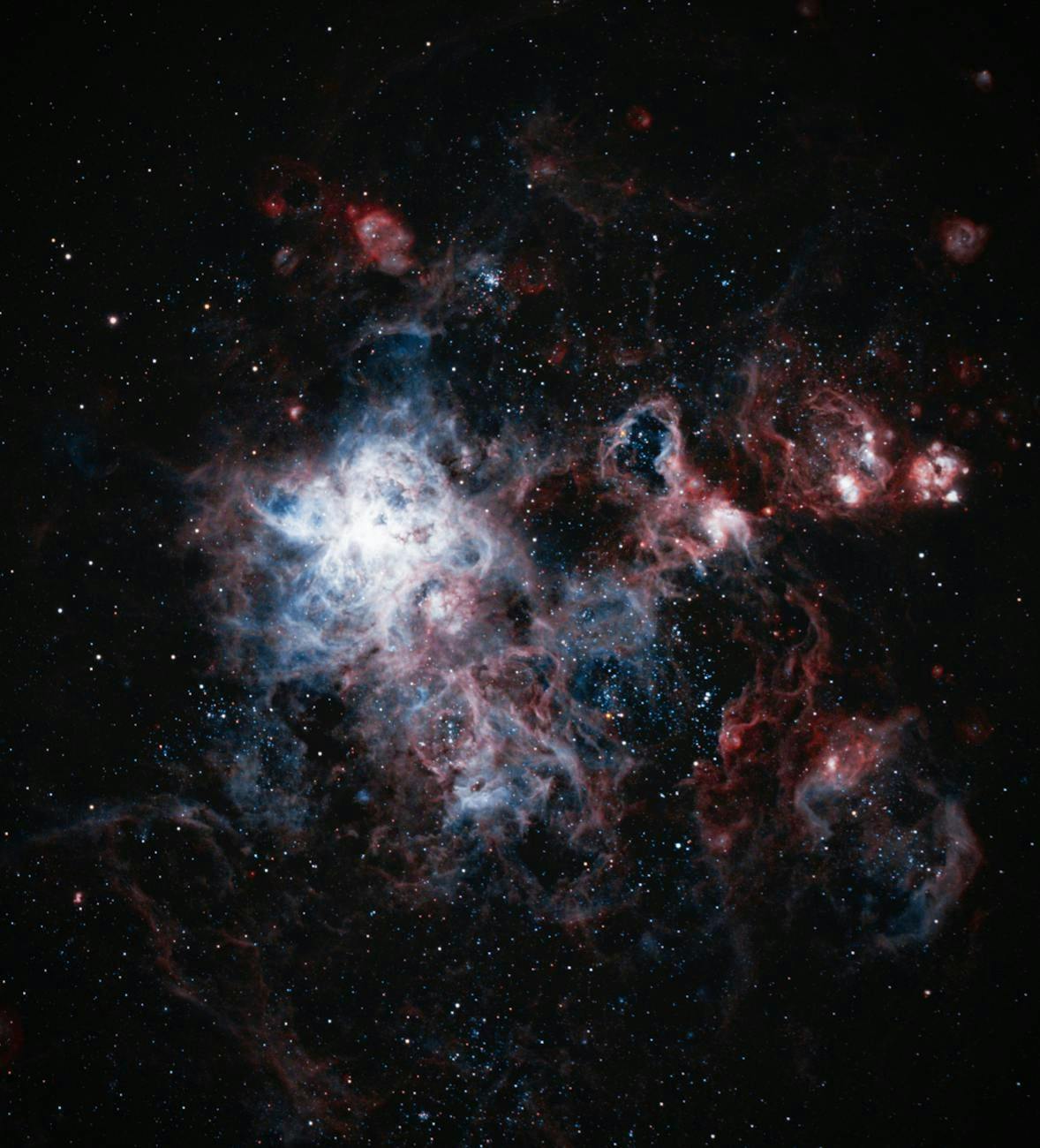Authors:
(1) Smaran Deshmukh, Email: [email protected];
(2) Jayant Murthy, Indian Institute of Astrophysics, Bangalore 506034, India ([email protected]).
Table of Links
4. Possible Scenarios and Consequences
ABSTRACT
We investigate the imaginary world of Kalgash, a planetary system based on the novel ‘Nightfall’ (Asimov & Silverberg, 1991). The system consists of a planet, a moon and an astonishing six suns. The six stars cause the wider universe to be invisible to the inhabitants of the planet. The author explores the consequences of an eclipse and the resulting darkness which the Kalgash people experience for the first time. Our task is to verify if this system is feasible, from the duration of the eclipse, the ‘invisibility’ of the universe to the complex orbital dynamics.
1. INTRODUCTION
Nightfall was first written as a short story by Isaac Asimov in 1941 (Asimov, 1941) and was then expanded into a full-length novel by Asimov & Silverberg in 1990 (Asimov & Silverberg, 1991). The story is set in a world with 6 suns which conspire such that at least one is in the sky at all times ensuring that the planet and its inhabitants never see darkness. Due to a chance combination of events, different groups of scientists come to the conclusion that:
-
There are cycles with a regular period of 2049 years in the planetary civilization such that the civilization at the time is destroyed by fire.
-
These cycles correspond to eclipses by a previously unknown moon which results in a period of complete darkness lasting for several hours. Because the inhabitants of the planet had never experienced darkness in recorded history, this drove them to madness and destroyed their civilization.
The short story focuses on the events leading up to the eclipse while the full length novel continues the story to the rebuilding of civilization by a religious society.
Asimov was one of the most influential writers of the Golden Age of Science Fiction and Nightfall, itself, is often ranked as the best short story of the genre (Sagan, 1992). Nightfall is an example of what was known as “hard science fiction” which aimed to have a realistic scientific base. However, Asimov, himself, was not very concerned with scientific detail as long as the events were plausible and Nightfall was written with the intent (after prodding by the legendary publisher John Campbell) to explore the consequences of the Ralph Waldo Emerson quotation “If the stars should appear one night in a thousand years, how would men believe and adore, and preserve for many generations the remembrance of the city of God!”. Asimov and Campbell thought that the sight of the stars would rather drive men mad.
As a result, Asimov imagined a system which met the requirements of plausibility but certainly did not actually work out the mathematical details to see if the system was dynamically stable or if the details of the orbits would work out to give the necessary period of darkness. When Asimov conceived of Nightfall, no systems outside the Solar System were known; Kepler is finding more and more systems, many much different from our own including many with multiple suns (Orosz, et al., 2012). We were inspired by this to work out the details of the stellar system in Nightfall. We do this as a tribute to Asimov whose work inspired so many people (including one of the present authors) to learn more about the world around us.
2. SUMMARY OF THE STORY
The short story and the later novel are both set in the same world albeit with minor differences in names and characters. However, the book contains much more detail and we have used names and constraints from the book for the sake of consistency. The story is set on the planet Kalgash which orbits the Sun-like star Onos at a distance of about 1.2 AU (1.2 times the Earth-Sun distance). There are five other stars (Dovim, Tano, Sitha, Trey, Patru) in this system and, as a result, Kalgash has the normal day/night cycle with respect to Onos but with one or more of the other stars always in the sky. The sky is bright enough that no other stars are seen and the inhabitants have no knowledge of the wider Universe. Presumably the motions in this system are complicated enough that the Universal Law of Gravitation was only discovered a few years before the events in the story. The entire extent of the system is 110 light minutes (13.2 AU) and, as far as the inhabitants of the planet were concerned, included all of Creation.
The story (in the novel) begins with an archaeological dig in which the scientists discover that there have been many previous civilizations which regularly destroyed themselves by fire, in accordance with the religious texts of a major cult. At about the same time, a group of astronomers found that the observed motions of the system did not match the predictions of the Law of Gravitation and postulated an additional invisible moon of Kalgash of almost the same mass as the planet. This moon would cause an eclipse of Dovim every 2049 years resulting in a period of absolute darkness, mass madness and the self-destruction of civilization.
3. OBSERVABLES
The following have been stated in the book (All page number refer to the 1991 edition (Asimov & Silverberg, 1991):
-
Kalgash orbits Onos which is a yellow star at a distance of 1.2 AU (pg. 185)
-
Trey and Patru are a close binary pair and appear white in color. They are faint and so must be white dwarfs (pg. 3)
-
Tano and Sitha are another close binary, also white in color at a distance of 13.2 AU from Onos. They are, brighter than Trey and Patru but still too faint to be main sequence stars and are also likely to be white dwarfs (pg. 6)
-
Dovim is a red star (pg. 78).
-
The furthest sun from Kalgash is 110 lightminutes away (13.4 AU), or somewhere just outside the orbit of Saturn as seen from the Sun (pg. 185)
-
The six suns of this system are the only stars in the Universe observable from Kalgash under normal conditions. Once every 2049 years, there is an eclipse of Dovim when no other of the suns are in the sky and the sky becomes dark enough to see the stars in the nearby cluster, contributing to the madness (pg. 111).
-
The Kalgash system is surrounded by a cluster of bright stars which are ordinarily, as mentioned above, not visible (pg. 215).
-
Astronomers at the beginning of the story discovered that Kalgash had a moon of about the same size. It eclipses Dovim every 2049 years at which time its angular diameter is seven times than that of the star. This results in a total eclipse and therefore darkness for a period of 9 - 14 hours, depending on latitude; long enough to ensure that every part of the planet experiences a period of darkness (pg. 114)
This paper is available on arxiv under CC BY 3.0 DEED license.

